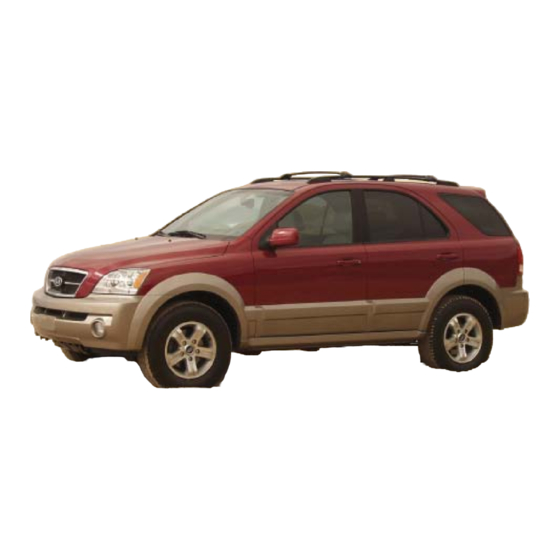
Advertisement
Quick Links
AUTOMATIC TRANSAXLE SYSTEM
GENERAL INFORMATION
SPECIAL SERVICE TOOLS
Tool (Number and
name)
09452-21000
Oil pressure gauge
adapter
09452-21500
Oil pressure gauge
09452-21600
Oil pressure gauge
adapter
09452-32100
Oil seal installer
09452-32300
Oil pressure gauge
adapter
Illustration
Use
Measurement of the oil pressure (use
with 09452-21500, 09452-21600, 09452-
32300)
Measurement of the oil pressure (use
with 09452-21000, 09452-21600, 09452-
32300)
Measurement of the oil pressure (use
with 09452-21000, 09452-21500, 09452-
32300)
Installation of the oil pump oil seal
Measurement of the oil pressure (use
with 09452-21000, 09452-21500, 09452-
21600)
Advertisement

















Need help?
Do you have a question about the Sorento 2003 and is the answer not in the manual?
Questions and answers